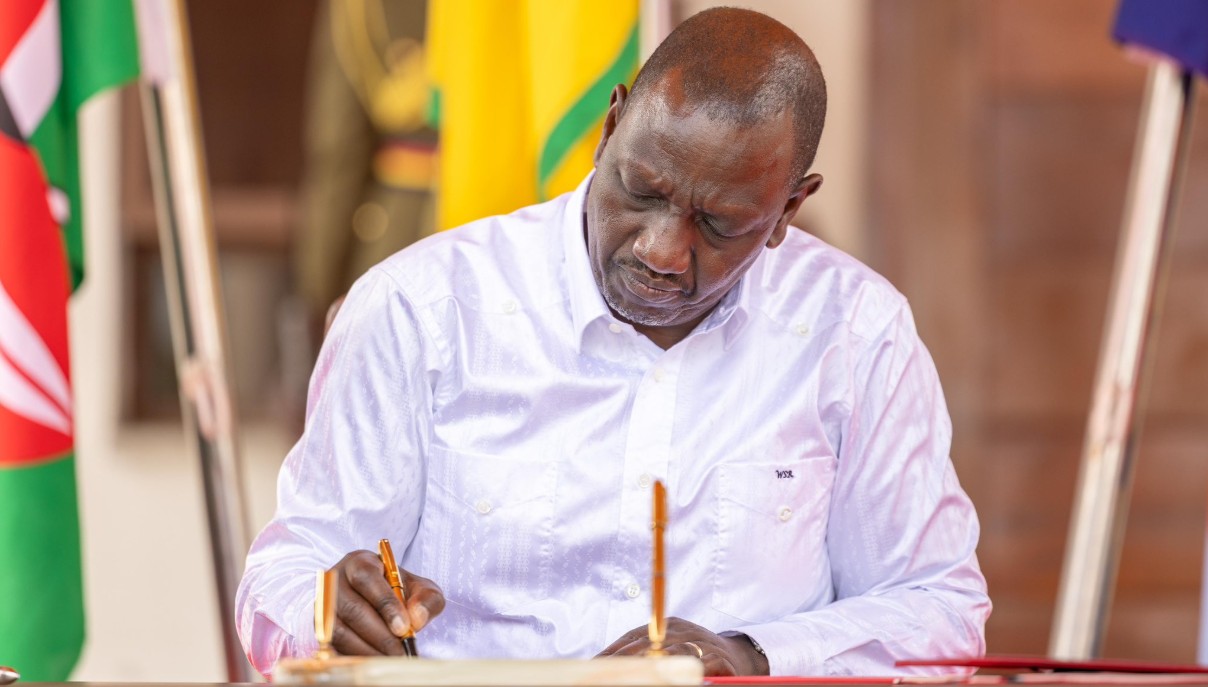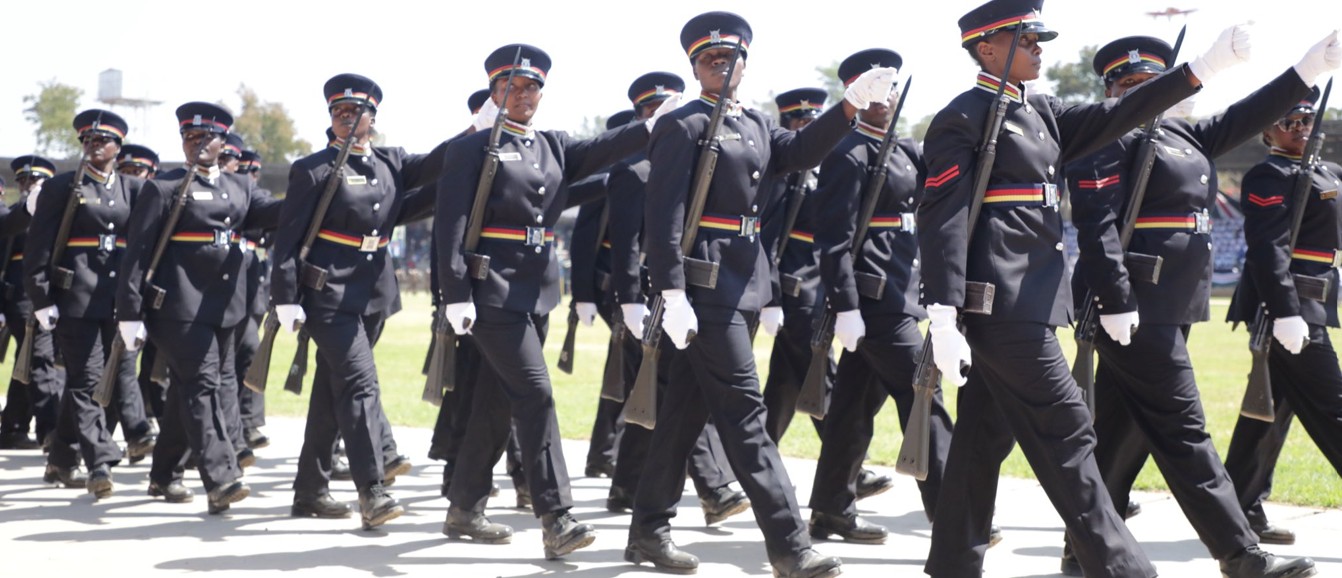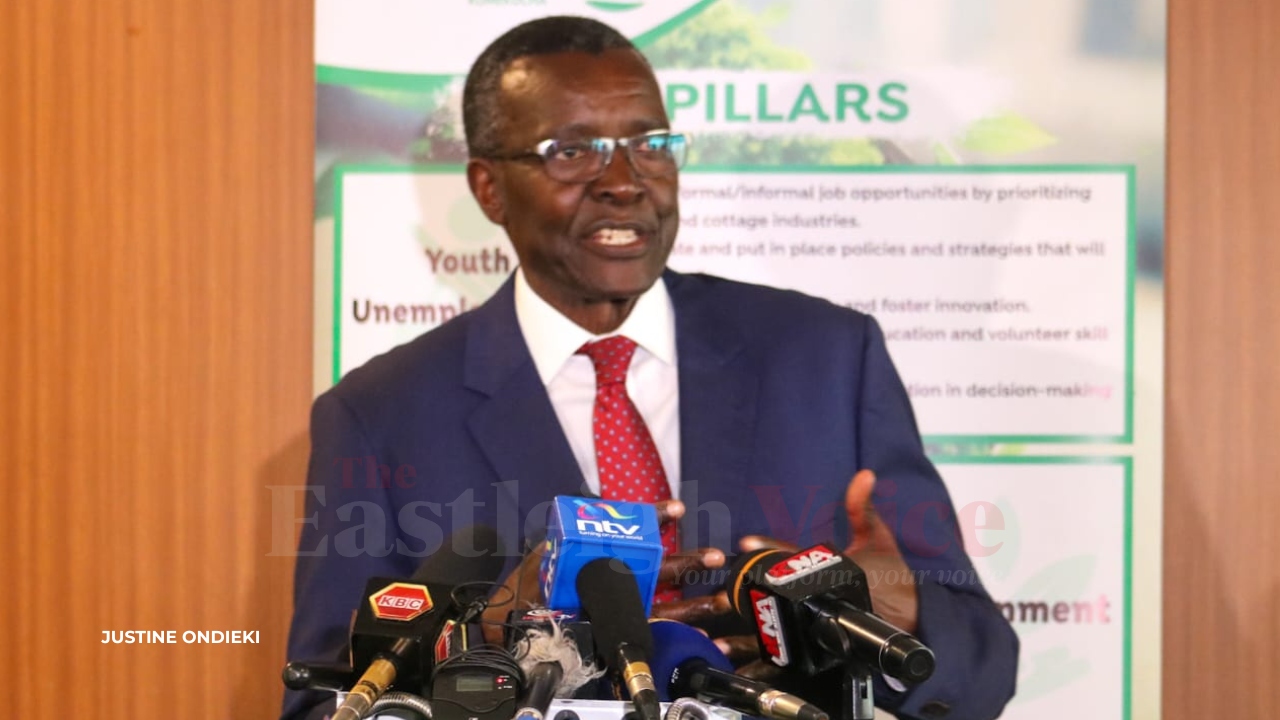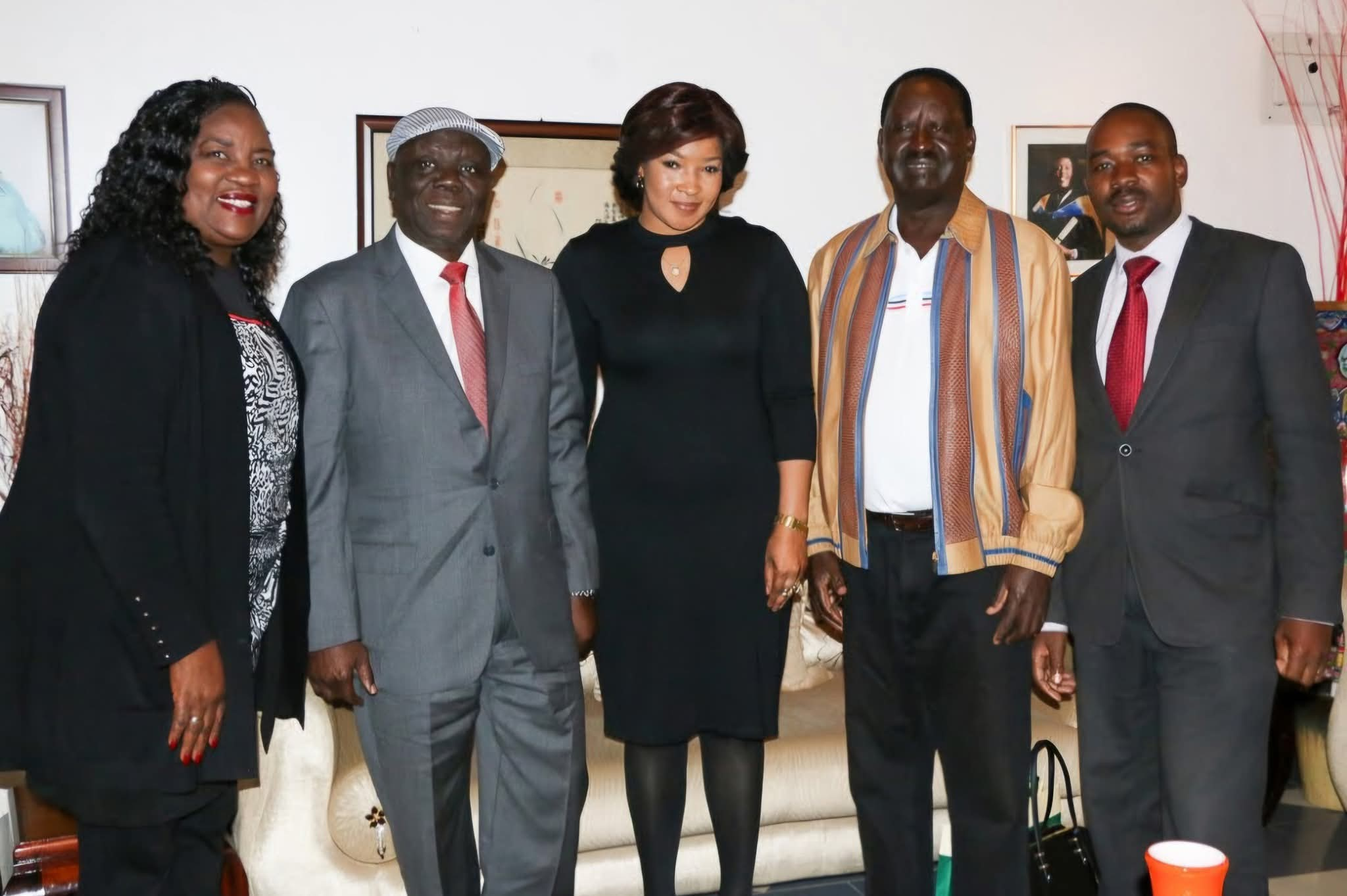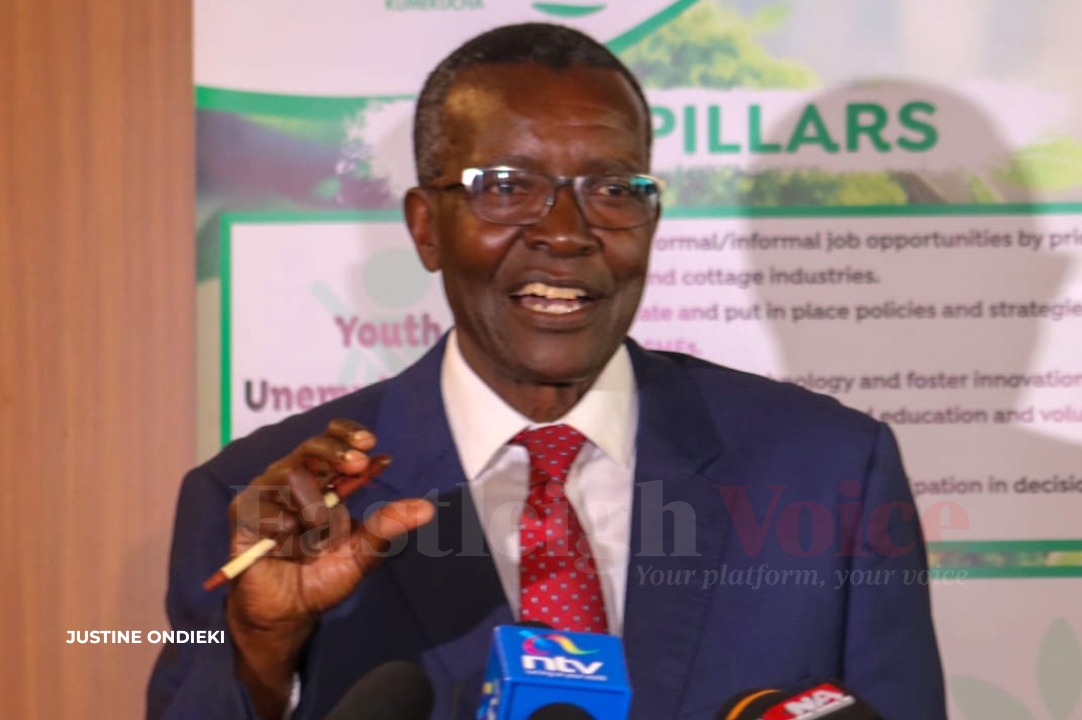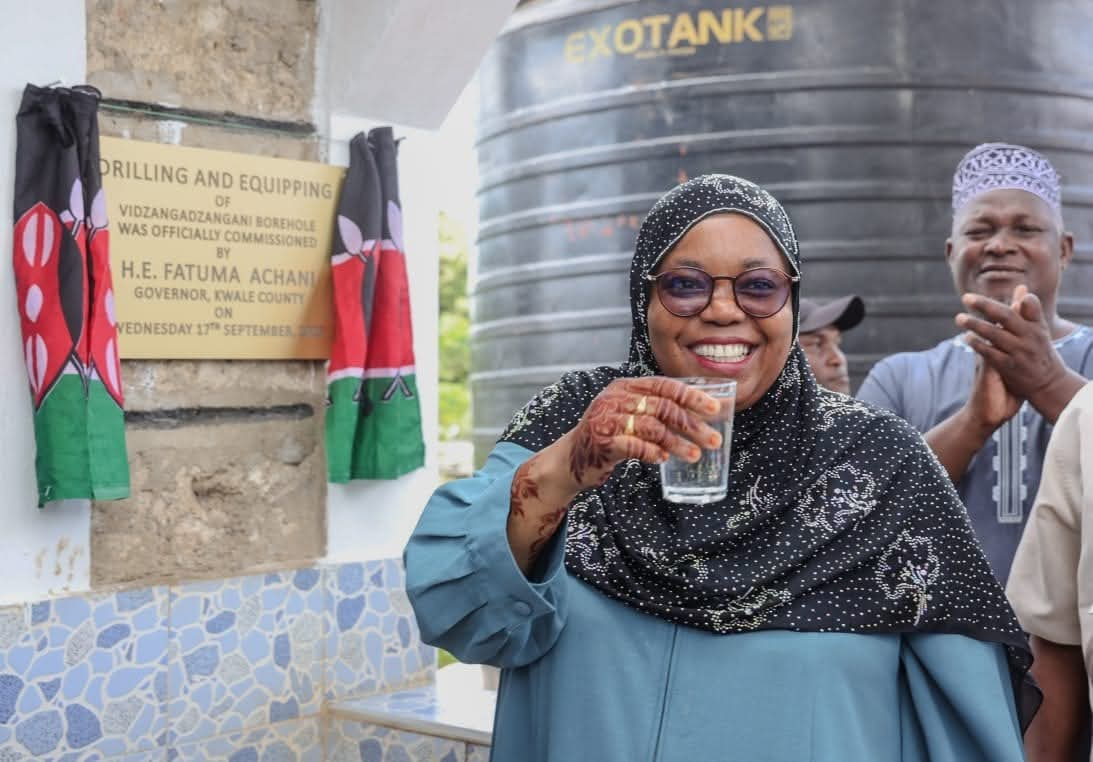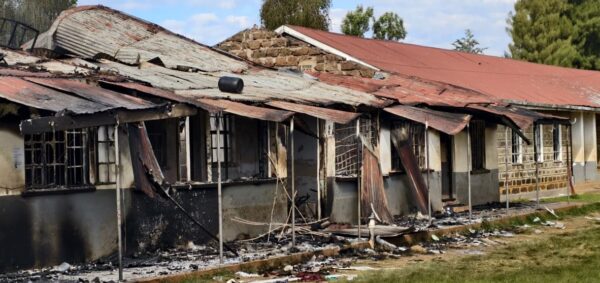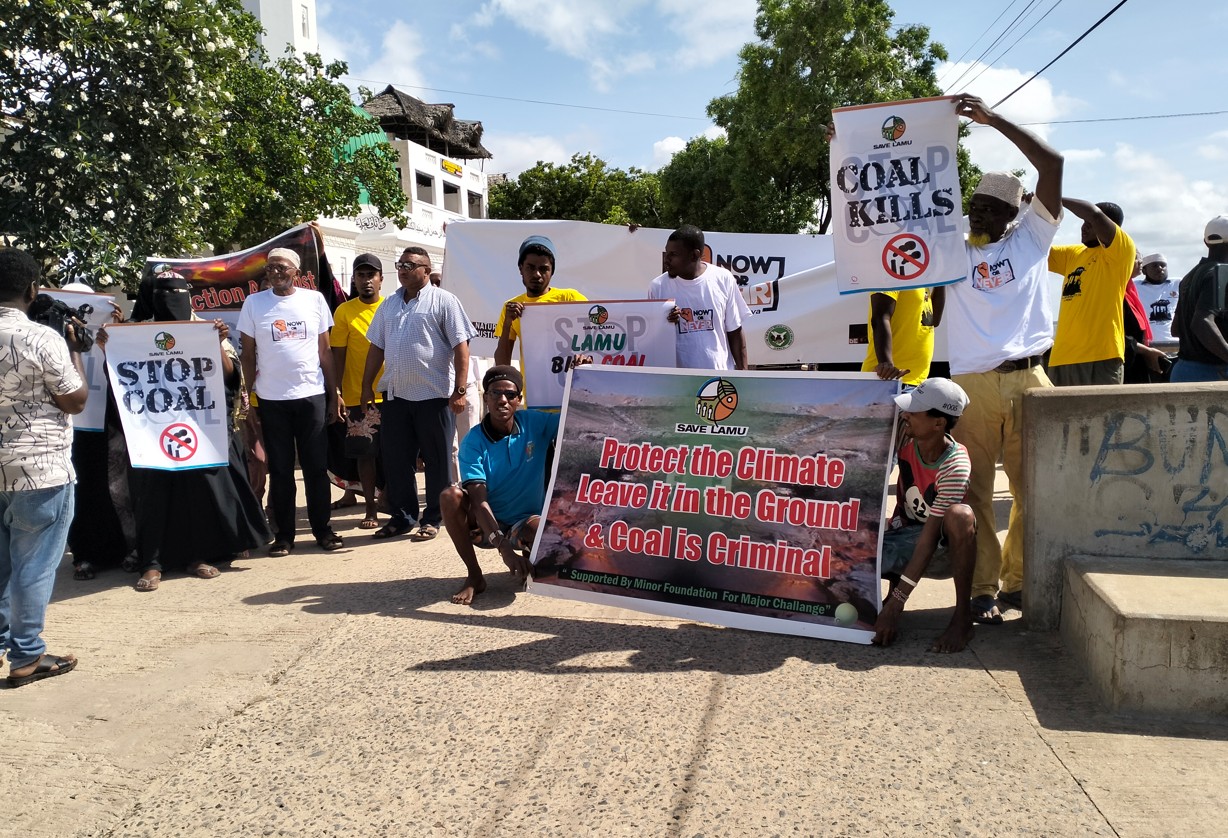From mud to modern streets: How Kiambu’s hidden slums are being transformed
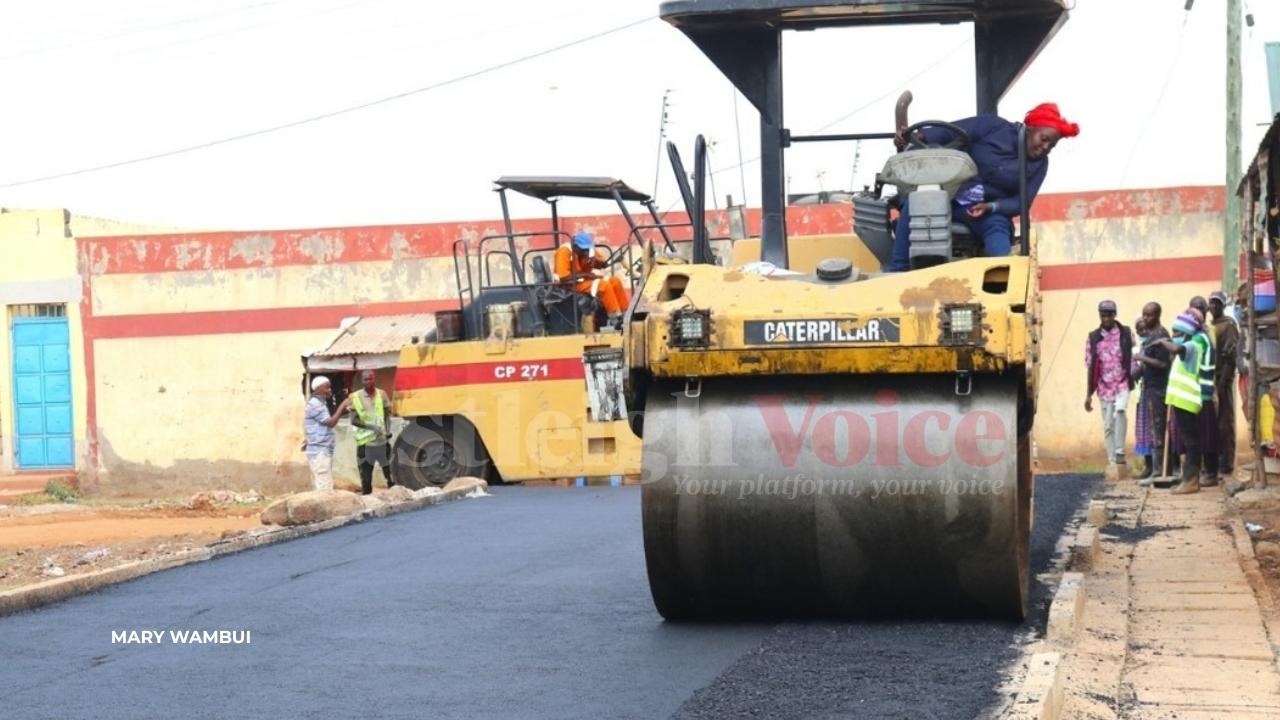
Decades of neglect are giving way to hope as new roads, lights, and title deeds reshape life in Kiambu’s overlooked communities.
Kiambu County is known for its wealthy gated communities, upscale malls, thriving industrial zones, and modern apartment complexes—making it one of Kenya’s most affluent regions.
Yet hidden within its leafy suburbs lies another side of Kiambu—a network of eight little-known slums that exist in stark contrast to their affluent surroundings.
More To Read
- KMPDU asks Parliament to sanction Kiambu officials over prolonged doctors’ strike
- KMPDU blames Kiambu County for ongoing doctors’ strike, deaths
- Runda residents stage protest over controversial luxury housing project
- Kiambu County dismisses claims of surge in infant fatalities due to doctors' strike
- Waititu suffers third blow as court declines to vary bond terms in graft case
- Kenya’s urban slum schools: Why access doesn’t guarantee better learning outcomes
These informal settlements, tucked between luxurious estates, busy shopping centres, and residential complexes, tell a story that remains largely untold.
According to the World Bank, a slum—or informal settlement—is a household lacking one or more basic conditions: access to improved water, sanitation, sufficient living area, durable housing, and security of tenure, as defined under the Millennium Development Goal Target 7.
In Kiambu, many of these settlements emerged from informal land use and the influx of squatters who sought housing near Nairobi and within the county’s booming industrial and residential zones.
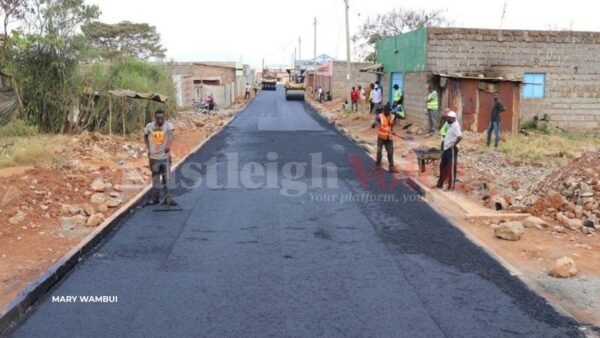 Workers lay fresh tarmac along a dusty stretch in Kiang’ombe slums, Thika — part of ongoing infrastructure upgrades. (Photo: Mary Wambui)
Workers lay fresh tarmac along a dusty stretch in Kiang’ombe slums, Thika — part of ongoing infrastructure upgrades. (Photo: Mary Wambui)
Crime and drug abuse
Over time, these areas have suffered neglect, with limited income-generating opportunities leaving residents vulnerable to crime and drug abuse.
Among them are Githogoro, which borders the luxury homes of Runda; Kiandutu, one of Thika’s oldest slums that sits beside industrial estates; Small Lagos, located near Ruaka’s high-end apartments and Two Rivers Mall; and Fort Jesus (Gitambaya), adjacent to Ruiru’s growing gated communities.
For years, residents of the Gitambaya informal settlement have endured harsh living conditions. During the rainy season, roads turned into muddy rivers, cutting off access and flooding homes. In the dry months, dust filled the air, making daily life unbearable.
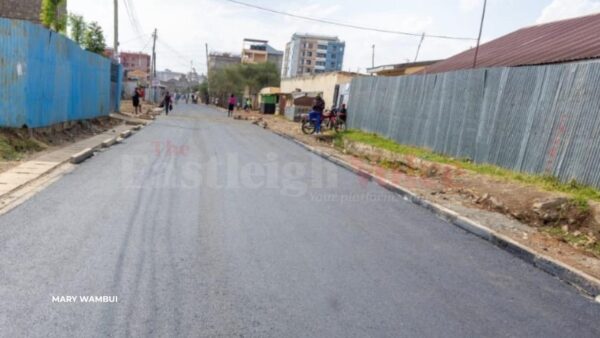 The ongoing road upgrades at Fort Jesus/Gitambaya slum in Ruiru, part of an infrastructure improvement project aimed at easing movement and improving living conditions in the area. (Photo: Mary Wambui)
The ongoing road upgrades at Fort Jesus/Gitambaya slum in Ruiru, part of an infrastructure improvement project aimed at easing movement and improving living conditions in the area. (Photo: Mary Wambui)
New chapter
A new chapter is, however, unfolding. Several roads passing through the settlement are nearing completion, thanks to a partnership between the World Bank and the County Government of Kiambu. The freshly laid tarmac, modern drainage, pedestrian walkways, and solar-powered streetlights are transforming the area—bringing safety, accessibility, and renewed hope.
“Life here used to be a daily struggle. Trucks couldn't reach my shop when it rained, and in the dry season, dust ruined everything. Now, with this road, we finally have hope that our lives will change,” said Ms Wanjiru Waweru, a grocery shop owner in the settlement.
Once known as Matopeni—meaning “muddy place”—Fort Jesus/Gitambaya is shedding its old image.
Ms Susan Gatwiri, the Acting County Executive Committee Member for Lands, Housing, and Physical Planning, told The Eastleigh Voice that the road project, which covers areas such as Canaan, Jerusalem, Judea, and Jordan, includes 115 integrated solar PV streetlights and water drainage systems.
“For as long as anyone can remember, this place has been muddy and often unbearable. Even Matopeni School stands as a reminder of that history. But today, that story is changing. This road will not only transform the settlement’s physical outlook but will also empower families and businesses to thrive,” she said.
Slums upgrade
The initiative is part of the Second Kenya Informal Settlement Improvement Project (KISIP II), funded by the World Bank and Agence Française de Développement (AFD) and implemented by the County Government to improve infrastructure and living conditions in informal settlements.
Under KISIP II, approximately Sh1 billion will go toward upgrading five informal settlements across Kiambu County through large-scale infrastructural projects.
The areas set to benefit include Umoja and Kiang’ombe in Thika, Matharau and Gitambaya/Fort Jesus in Ruiru, Bosnia in Githurai, Misri and Kiroe in Limuru, Kiamburi in Kikuyu, and Kanjeru in Kabete—at a total cost of Sh966 million.
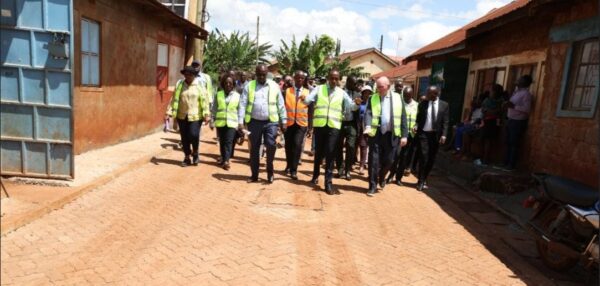 World Bank Group Vice President Dennis McLaughlin, Kiambu Governor Kimani Wamatangi, and other leaders inspect some of the cabro works in the Umoja settlement area in Thika. (Photo: Courtesy)
World Bank Group Vice President Dennis McLaughlin, Kiambu Governor Kimani Wamatangi, and other leaders inspect some of the cabro works in the Umoja settlement area in Thika. (Photo: Courtesy)
Governor Kimani Wamatangi said the projects—which include road tarmacking, drainage, solar lighting, and sewer lines—will be accompanied by land subdivision and the issuance of more than 7,000 title deeds.
“These previously ignored areas by the government will look completely different by the end of this year. In addition to developing the infrastructure, we will ensure residents receive documentation proving land ownership. An area grows because landowners are confident to invest when they have title deeds,” he said.
Dispensary and social hall
In Kiang’ombe settlement, covering about 64.2 acres, the county plans to build a dispensary and a social hall alongside ongoing road, sewer, lighting, and waste management projects.
In neighbouring Umoja settlement, cabro paving for roads and walkways is almost complete.
At Kiandutu, one of Thika’s largest slums, the county has allocated Sh150 million for bitumen-standard roads, walkways, drainage, a social hall, and high-mast floodlights.
The processing of over 6,000 title deeds for Kiandutu residents is underway after the county assembly approved the proposal and forwarded survey plans to the Survey of Kenya.
In Limuru’s Misri informal settlement, which covers 23.2 acres, two major roads—Jerusalem, Mugumo-ini to Dadas, and Kwa Njenga to Mataaras—are under construction, alongside feeder roads, streetlights, drainage, and sewerage systems.
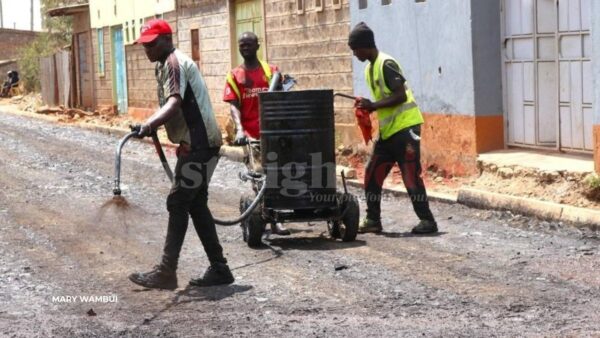 The infrastructure upgrades are aimed at improving mobility, boosting local trade, and giving residents of the low-income settlement a long-overdue taste of urban renewal. (Photo: Mary Wambui)
The infrastructure upgrades are aimed at improving mobility, boosting local trade, and giving residents of the low-income settlement a long-overdue taste of urban renewal. (Photo: Mary Wambui)
Restore hope
“The projects will restore hope to the hopeless and give many a reason to dream again of living in sustainable communities within the urban areas of Kiambu,” said Mr Julius Mwololo, County Director for Housing and KISIP II Coordinator.
In Kiang’ombe, the tarmacking of a 1.77-kilometre road linking the settlement to the main road is expected to ease movement, unlock business opportunities, and improve daily life for residents.
In Thika’s Umoja slum, years of insecurity and darkness are also ending. The installation of 40 solar-powered floodlights has brought safety, light, and renewed optimism.
The project—implemented in partnership with KISIP II under the State Department for Housing and Community Development—is nearing completion and has already begun to transform Umoja into a vibrant, connected neighbourhood.
Floodlights
“In phase one, we installed 40 floodlights across Umoja Settlement. In this second phase, we are constructing 0.6 kilometres of cabro link roads, complete with 36 solar-powered lights, walkways, and drainage systems. By the time we are done, Umoja will be a model settlement—safe, well-lit, and economically vibrant,” the Governor said.
He added that improved accessibility, lighting, and drainage will enhance security and attract new investments, paving the way for a better quality of life.
For many residents, the impact is already visible.
“We used to struggle with muddy roads and insecurity. It was hard to open my shop after dark. But now, with the cabro road and bright lights, I can stay open until 11 p.m., and my business is thriving,” said Ms Beatrice Mutheu, a long-time Umoja resident and small business owner.
For Ms Francisca Mumbua, a food vendor, the transformation has brought both safety and convenience.
“We feel safe walking home at night. Customers now come even late for tea and chapati. Delivering food will be easier with the smooth cabro roads,” she said.
Top Stories Today

